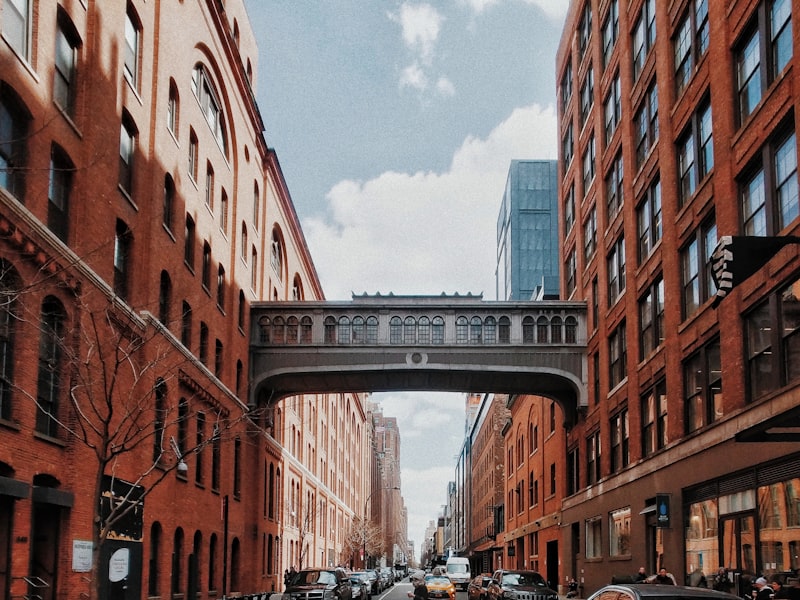Bicycle Skiing

Bicycle skiing is a form of freestyle skiing that combines the benefits of skiing and mountain biking. While it is a form of recreational skiing, bike skiing is not allowed at all ski resorts in the U.S. Because it can be dangerous, bike skiing should be reserved for a special occasion. Read on to learn more about the sport. It is not legal at all ski resorts, so be sure to check the rules before trying it.
Bicycle skiing is a combination of skiing and mountain biking
While the two sports are quite different, there are some similarities. Both involve maintaining balance and judging speed, which are essential for both sports. Skis are designed to follow the slope and skiers use skids to control their speed. A ski is like a bicycle without the pedals, but it has a much lower center of gravity than a mountain bike. The difference is the speed factor. While skiing requires speed to accelerate, mountain biking requires speed to stay on track.
Mountain biking began in the '70s in California. As part of a radical sport movement, mountain bikers began to experiment with new technologies. Some ski slopes even had a hidden mountain bike trail accessed by the same lift system as during the winter. This gave mountain bikers a new way to enjoy the outdoors. Often, bike trails are connected to ski slopes, so a cyclist can ride without missing the lifts.
It is a recreational sport
Bike skiing is a recreational activity that involves riding a bicycle down a mountain. There are many benefits to biking on the slopes, including exercise and improved fitness. Bike skiing is also a fun way to explore the local area. Bike skiing is also an excellent way to get in touch with nature while enjoying a great meal. The first World Championship competition was held at Mount Rose, Nevada in 1971. Today, bike skiing is still a growing activity with dedicated core enthusiasts who are committed to keeping it a recreational sport.
While bike skiing began as a transportation method, it was not a very popular sport until the late 1940s. The invention of a skibike was patented by Engelbert Brenter on March 10, 1949. This Austrian manufacturer incorporated real skis and a suspension system into his skibike. The invention became a commercial success, and the Brenter family continues to manufacture skibikes to this day. In fact, bike skiing is one of the most popular winter recreational sports in the United States.
It is a form of freestyle skiing
Bike skiing originated in the United States, where it became popular after mountain bikers began to take up the sport. ASA, an organization dedicated to mountain biking, helped grow the sport in the United States and develop new models of ski bikes. Bike skiing is the fastest growing freestyle skiing discipline. Currently, there are three main disciplines: mogul skiing, freestyle skiing, and bike skiing.
Telemark skiing is one of the oldest forms of freestyle skiing. It originated in Utah in the early 1970s. A toy called the Snurfer was designed by Sherman Poppen for his daughter and began to be produced. During the 1970s and 1980s, snow boarding became popular as a recreational activity. The invention of telemark snowboards was the result of the work of Dimitri Milovich and others. These men and women worked together to develop the technology that would allow snow boards to do what they wanted.
It is not allowed at every ski area in the U.S.
While snowboarding isn't prohibited at most ski areas, it isn't always allowed. In 1981, many Colorado ski resorts banned the sport, but Ski Cooper decided to change that in 1982 and other Colorado ski areas followed suit. The reasons behind the ban were rooted in safety concerns, and large ski resorts were hesitant to allow snowboarders to compete. The rise of professional snow boarders and their influence helped change the insurance policy of ski resorts.
There are certain areas at some ski areas that are designated as SLOW ZONES. In these areas, skiers should go at a slower speed than the general flow of traffic. Space is vital and aggressive skiing won't be tolerated. A ski patrol officer will help guide you through these areas. Ski resorts don't want to lose visitors to illegal activities, and they don't want to see skiers who aren't skiing responsibly.
